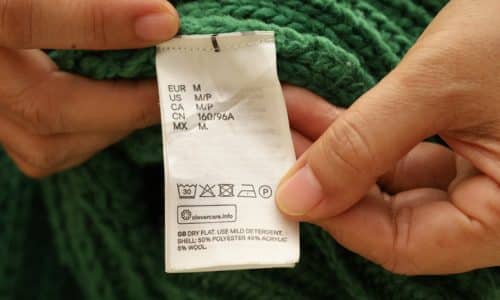When an adult twists an ankle, pulls a shoulder or are recovering from a surgery, physicians will usually recommend physical therapy. When a pediatrician recommends an infant start physical therapy, parents may be surprised and taken aback. Imagine Pediatrics is here to explain why your pediatrician may recommend PT for your child and how it will benefit their physical and emotional development.
Physical therapy is a means to reduce pain, strengthen muscles, improve coordination and balance, and even improve your child’s self-confidence to keep challenging themselves physically. After all, if children become discouraged because they can’t keep up with their friends walking, it will be more difficult to convince them to try to run.
Developmental delays, no matter how small, are often the main indication of underlying conditions that require physical therapy in children. Parents should remember that these developmental milestones, as laid out by the CDC, are only guidelines; all children are unique and grow at their own pace. If your child has not mastered a skill by a certain age, they may just need more time to practice. If several months pass and your child has not met the milestone or is not willing to try a milestone behavior, such as holding their head steady by four months old or sitting unsupported at six months of age, it’s time to talk to your pediatrician and ask for a referral to Imagine Pediatrics. While infancy might feel “too young” to start physical therapy, as with any medical concern, early intervention dramatically increases the chance of successfully identifying and treating underlying challenges and conditions.
Some behaviors may seem harmless, but could be early warning signs that physical therapy can benefit your child. If you notice your child favoring the W sitting position, with their bottom is on the floor and their knees are turned out to the side to form a W, this could be a sign of core weakness, trouble balancing, or loose joints. Another behavior to monitor is toe walking, when children walk on the balls of their feet and their heels do not contact the floor. A common behavior in children when they first begin walking, kids typically outgrow toe walking between the ages of two and three. If toe walking persists after the age of three, it could just be a habit that needs to be unlearned with therapy but can also be a red flag of an underlying condition, and time to ask for a referral to a physical therapy. Whatever the reason, physical therapy can assist in strengthening the body and muscle memory for improved gait.
It’s also time to talk to your pediatrician about a prescription for physicial therapy when your baby’s muscles seems very stiff and tight, or very loose and floppy at the age of 6 months. If your 9-month-old isn’t crawling or can’t get into a sitting position by themselves, ask us for a thorough evaluation.
At Imagine Pediatrics, children often mistake physical therapy for play. Our therapists are expert at disguising PT as play because that is how children learn best. Improving their gross motor skills, balance, and muscle strength through climbing and play next to a skilled therapist will not only improve your child’s physical health, but their self-confidence will grow to help them overcome challenges.
Do you suspect your child has a developmental delay? Email us at office@imaginepeds.com, including your name and telephone number with area code, to schedule a free screening.



